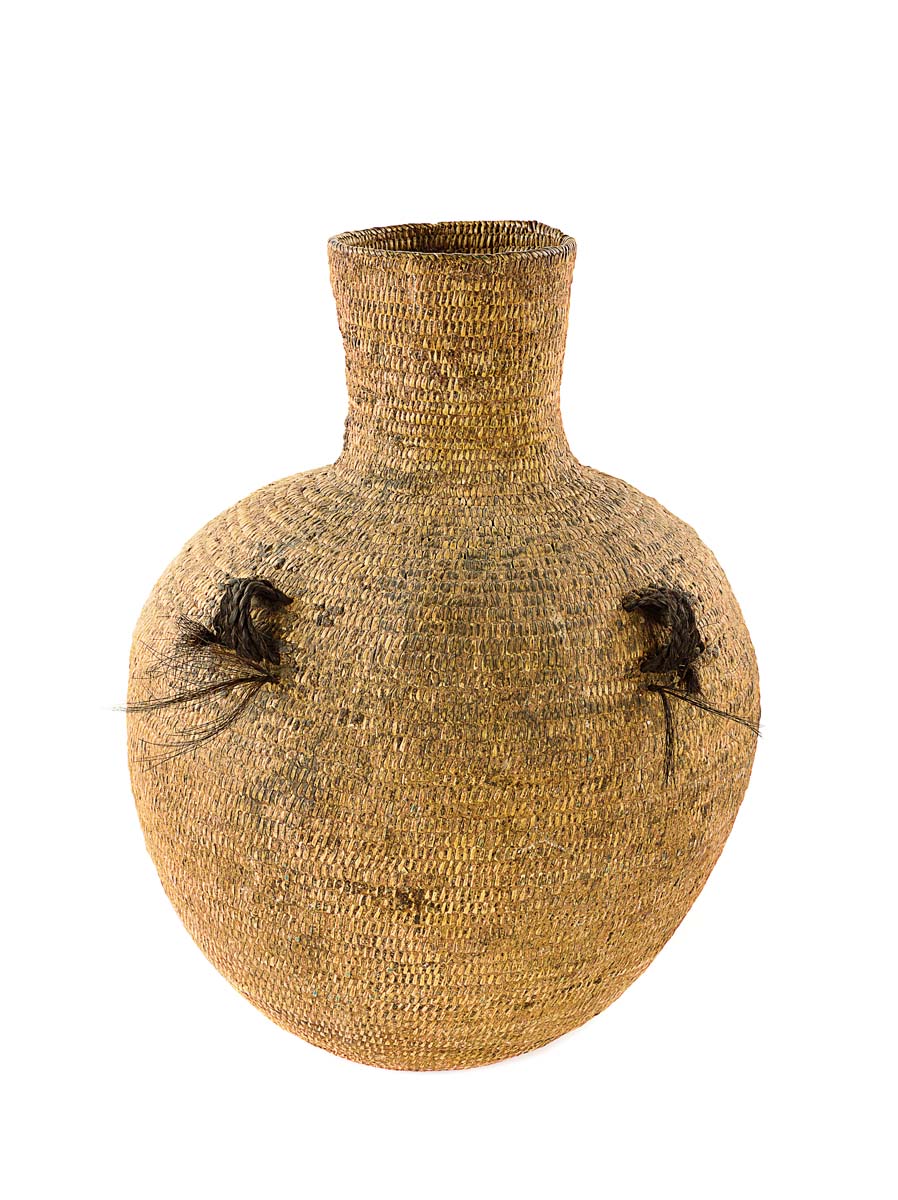The Local newsletter is your free, daily guide to life in Colorado. For locals, by locals. Sign up today!
Long before science, technology, engineering, and math dominated modern schools’ curricula, the Utes, Colorado’s longest continuous inhabitants, practiced those same STEM principles. History Colorado Center will put those skills on display starting on December 8, when it opens Written on the Land: Ute Voices, Ute History, an exhibit complete with interactive elements that show how the various Ute tribes had life down to a science.
Beading By Numbers

Historically, Ute women strung beads made of seeds, elk teeth, and eventually glass onto thread to decorate everything from saddlebags to moccasins with intricate patterns. Creating those designs required more than a vibrant imagination: Artisans had to use elements of arithmetic, geometry, and even some of the principles behind computer programming so each line combined to realize the intended shape. History Colorado patrons will be able to test their spatial skills using strips of tile to recreate one of several traditional Ute patterns, including an hourglass and repeating triangles.
Strength Building
The Ute tribes chose a conical shape for their dwellings, called “wickiups,” drawing on a geometric figure that appears organically in nature. Triangles, which inherently create stability, continue to be fundamental in modern engineering (think: truss bridges). However, while the Utes employed branches and brush for their frames, History Colorado visitors will get the advantage of poles with Velcro wrapped around the ends. Need a hint about how to build a sturdy wickiup? Remember that two poles lashed together may provide more stability than one.
Weaving Magic

At Written on the Land, see how the Utes developed distinct technologies for different baskets. (Woven fiber swatches stand in for the real things.) The one with a loose weave is good at separating out nuts from bigger objects such as pine cones; the tight weave is best for gathering small items, like berries; and the tight weave with a coating is the champion water-lugging vessel. One of the more advanced baskets the Utes created, the H2O tote was made of stripped willow branches with a layer of pine sap, a sealant likely discovered through trial and error—the backbone of scientific discovery.








